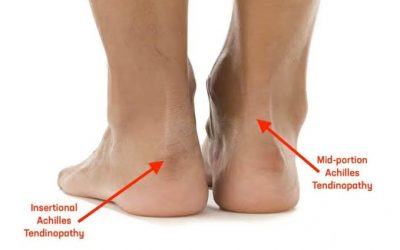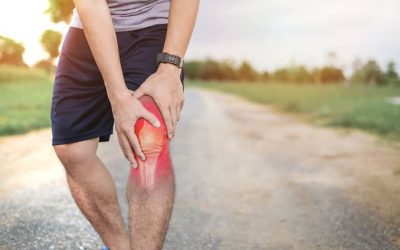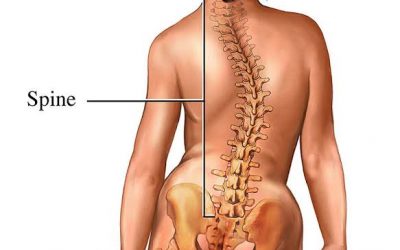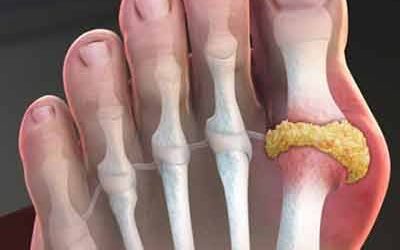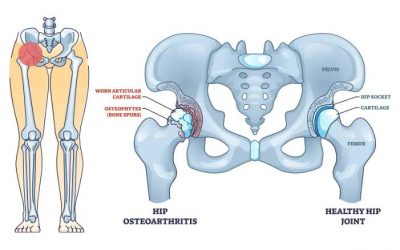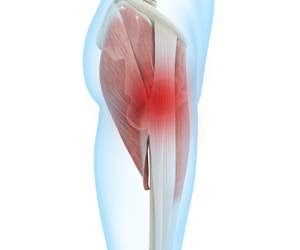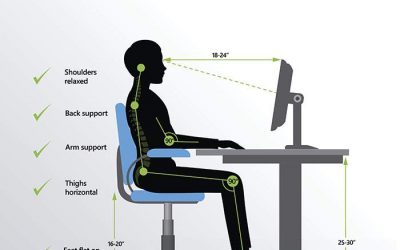Trigger Finger
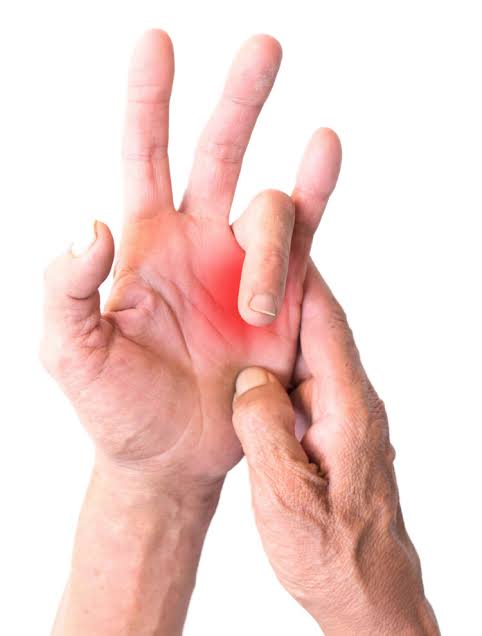

What is trigger finger?
Trigger finger is a painful condition that makes your fingers or thumb catch or lock when you bend them. It can affect any finger or more than one finger at a time. You can also have it in both hands. You might hear it called stenosing tenosyno vitis.
Anatomy of stenosing tenosynovitis.
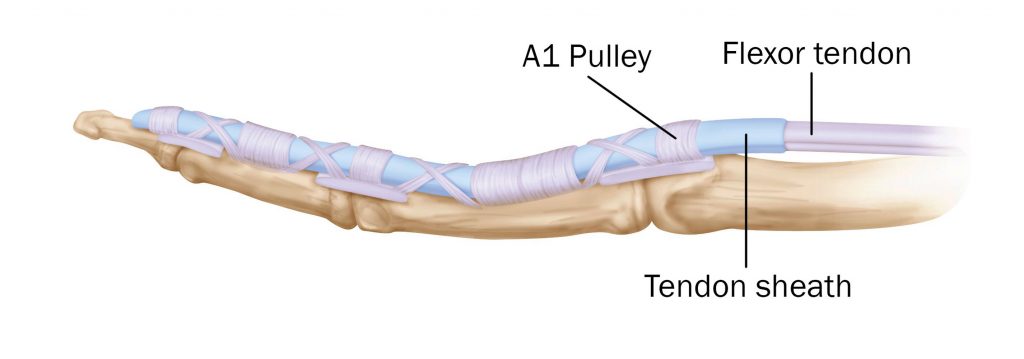
The flexor tendons are long cord-like structures that attach the muscles of the forearm to the bones of the fingers and thumb. When the respective muscles contract, the flexor tendons pull on the bones of the fingers and thumb, causing them to bend.
Each of the flexor tendons to the fingers and thumb passes through a separate tubular structure, called a tendon sheath, as the tendon makes its way across the palm and into the digit. The tendon sheaths are firmly attached to the finger or thumb bones.
Along the tendon sheath, bands of tissue called pulleys hold the flexor tendons closely to the finger bones as the fingers flex and extend. The pulley at the base of each digit where the digit meets the palm is called the A1 pulley. This is the pulley that is most often involved in trigger finger. As long as the other pulleys are functioning, the A1 pulley can be sacrificed, if necessary, to treat a trigger finger.
Syptomes of trigger finger?
Symptoms of trigger finger may progress from mild to severe and include:
- Finger stiffness, particularly in the morning.
- A popping or clicking sensation as the finger moves.
- Tenderness or a bump in the palm at the base of the affected finger.
- Finger catching or locking in a bent position, which suddenly pops straight.
- Finger locked in a bent position.
Trigger finger can affect any finger, including the thumb. More than one finger may be affected at a time, and both hands might be involved. Triggering is usually worse in the morning.
Sometimes, a person develops trigger finger for no known reason. Other times, one of the following factors may be responsible:
- Certain medical conditions: Diabetes and rheumatoid arthritis are known contributors to trigger finger.
- Finger overuse: People who work with their hands, especially those performing vigorous activities using machinery or tools that require gripping, have an increased risk of developing trigger finger.
- Contact friction: Sometimes, the repeated use of power tools that vibrate in the hand or even holding bicycle handles can lead to trigger finger.
Risk factors
Factors that put you at risk of developing trigger finger include:
- Repeated gripping. Occupations and hobbies that involve repetitive hand use and prolonged gripping may increase the risk of trigger finger.
- Certain health problems. People who have diabetes or rheumatoid arthritis are at higher risk of developing trigger finger.
- Your sex. Trigger finger is more common in women.
Trigger Finger Treatment
Treatment depends on how severe your symptoms are. Most of the time, you’ll start with:
- Rest. Try not to move the finger or thumb. You may need to take time away from the activity that’s causing the problem. If you can’t quit, you might try padded gloves.
- Hot and cold treatment. Go back and forth between icing the area and applying heat.
- Trigger finger splints. Your doctor can give you one designed to keep your finger still.
- Stretching exercises. These gentle moves may ease stiffness and improve the range of motion.
- NSAIDs. Your doctor may suggest over-the-counter drugs that fight inflammation, such as ibuprofen or naproxen. You may be able to use creams or patches that apply the drug right to your finger.
- Steroid injections. They might give you a steroid shot into the tendon sheath. It can keep your symptoms at bay for a year or more, but you could need two shots to get results.
Surgical Treatment
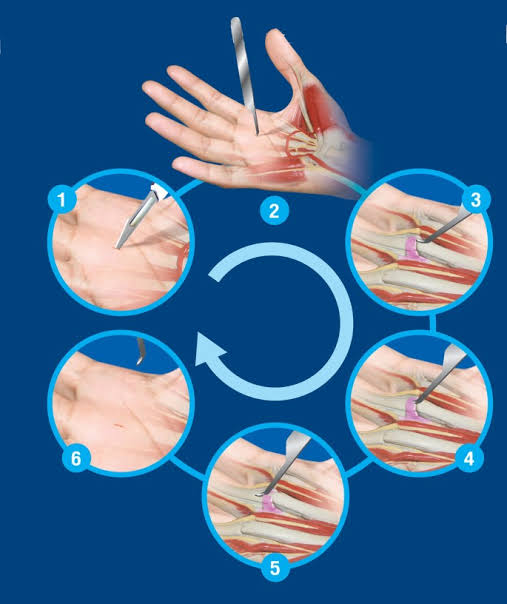
If your trigger finger does not get better with nonsurgical treatment, you may wish to consider surgery. The decision to have surgery is based typically on how much pain or loss of function you have in your digit. If, however, your finger or thumb is stuck in a flexed or bent position and cannot be straightened with gentle manipulation, your doctor may recommend surgery to prevent permanent stiffness.
Surgical procedure. The surgical procedure for trigger finger is usually trigger finger release.
The goal of the procedure is to release the A1 pulley, which is the pulley responsible for blocking tendon movement. After release, the flexor tendon can glide more easily through the tendon sheath, making the clicking/catching sensation go away. Typically, trigger finger release is an outpatient procedure, with an injection of local anesthesia to numb the area for surgery. It can be performed with or without sedation (medication that puts you to sleep).
Surgery is usually performed through either a small open incision in the palm or with the tip of a needle. The A1 pulley is divided (released) so that the flexor tendon can glide freely. Although pulleys have an important function in the hand, releasing the A1 pulley should not cause problems in the future, especially if the other pulleys remain intact.
